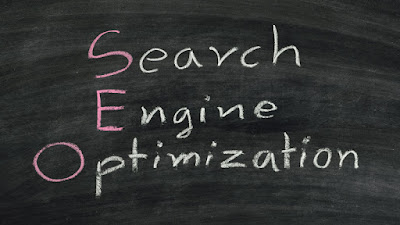The Rise of AI Art Generators: Blurring the Boundaries of Creativity
Introduction:
Artificial Intelligence (AI) has been making remarkable strides in various domains, transforming industries and challenging our perceptions of what machines can achieve. One area where AI has made significant advancements is in the realm of art generation. AI-powered art generators are revolutionizing the creative landscape, raising questions about the nature of human creativity and the role of technology in artistic expression. In this blog, we will delve into the fascinating world of AI art generators, exploring their capabilities, impact, and the debates they have sparked.
Understanding AI Art Generators:
AI art generators, often based on deep learning algorithms, utilize vast datasets of existing artwork to learn and mimic various artistic styles. These algorithms analyze patterns, textures, and composition, and then generate original pieces of art that imitate specific artists or create entirely new styles. By leveraging the power of neural networks, AI art generators can produce paintings, sketches, sculptures, and even multimedia installations.
The Creative Process Unveiled:
Traditionally, the creative process has been attributed to human imagination, intuition, and emotional experiences. However, AI art generators challenge this notion, prompting us to reconsider the boundaries of creativity. While humans provide the initial input and define the desired style, it is the AI algorithms that autonomously produce the final output. This collaboration between human and machine brings forth a unique fusion of artistry and technological innovation.
Advantages and Limitations:
AI art generators offer several advantages that have captivated artists, collectors, and enthusiasts alike. First and foremost, these generators enable artists to experiment with new styles, expand their creative horizons, and overcome artistic blocks. They can generate an abundance of ideas and serve as a source of inspiration. Additionally, AI art can be produced rapidly, freeing artists from time-consuming processes and allowing them to focus on other aspects of their craft.
However, AI art generators also face certain limitations. Critics argue that the artwork produced lacks the depth, context, and emotional nuances that only humans can convey. AI-generated art may replicate existing styles proficiently but falls short when it comes to the originality and authenticity associated with human creations. The subjective, interpretive aspect of art, which often stems from personal experiences and emotions, is a realm still largely reserved for human artists.
Implications for the Art World:
The emergence of AI art generators has ignited a range of discussions and debates within the art world. Some argue that these generators democratize art by making it more accessible to a wider audience. Others express concerns that AI-generated art might devalue human creativity and commodify artistic expression. Questions surrounding authorship, copyright, and the ethical implications of using AI in art also come to the forefront.
The Future of AI in Art:
As AI continues to evolve, so too will the capabilities and impact of AI art generators. We can anticipate further advancements in the ability of AI algorithms to understand and replicate complex artistic styles and techniques. Moreover, AI-generated art could serve as a collaborative tool, augmenting human creativity rather than replacing it. Artists may employ AI as a tool to generate initial ideas, opening up new avenues for exploration.
Conclusion:
AI art generators are undeniably transforming the art landscape, challenging conventional notions of creativity and artistic expression. These technological marvels provide artists with new avenues for exploration, experimentation, and inspiration. However, they also raise profound questions about the essence of art, the role of human creativity, and the ever-evolving relationship between humans and machines. As AI continues to push the boundaries of what is possible, we must approach the realm of AI-generated art with an open mind, embracing the exciting possibilities it presents while remaining mindful of the rich tapestry of human creativity that defines our artistic heritage.





















